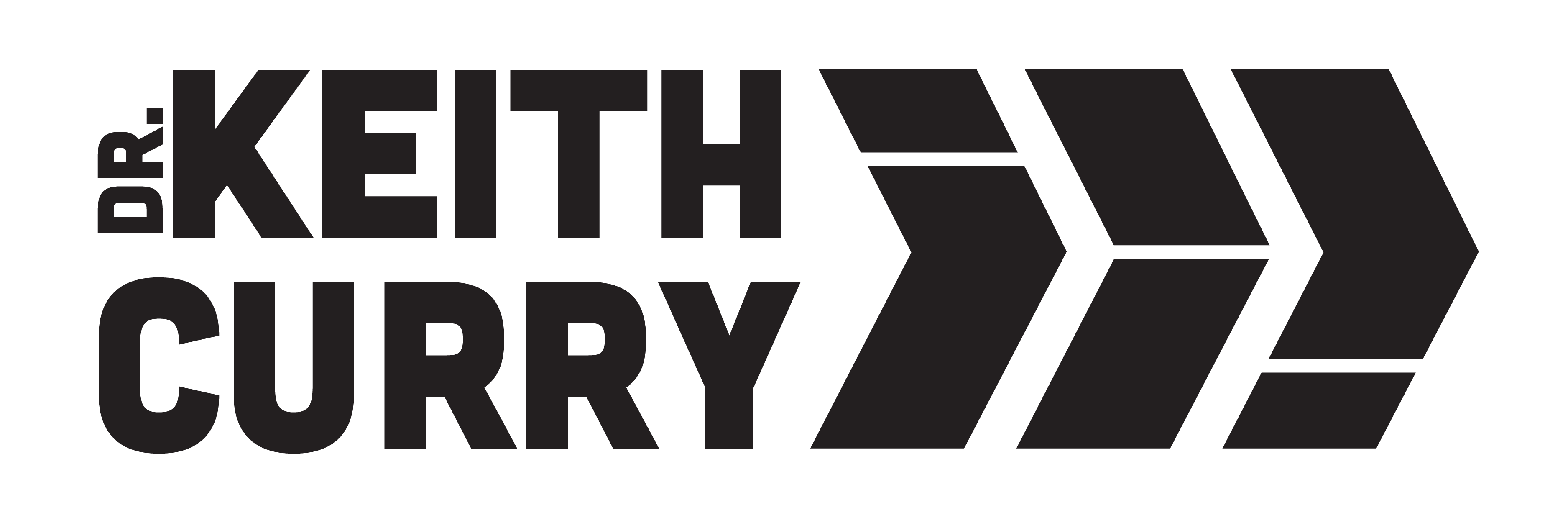As a community college CEO, I am often trying to balance the conversations on my campus and with my colleagues as it relates to student success and the focus of my institution. I am in many conversations about how we can lead and improve adult education, career and technical education, dual enrollment, and student transfer to four-year colleges/universities. This year, the Compton College Transfer and Career Center is doubling down its efforts as it relates to student transfer. From implementing Transfer Thursdays, where employees wear some college gear on campus, increasing the number of transfer events/activities, supporting our summer residential programs at four-year colleges/universities, and just last week, I saw their Transfer Center Newsletter for students and employees. In addition, through our Faculty/Staff Hub on Canvas hub (This is another thought at another time), we can promote all things, including student transfer, to employees. Some might not think that is much. However, I am amazed by their work and, more importantly, how they are working with other programs and departments on our campus to create a Transfer Culture at Compton College. When I was hired at Compton Community College on August 15, 2005, a couple of days prior, the institution hired someone to oversee its Transfer Center. It’s still shocking to me at that time when Compton Community College was on the verge of its accreditation being revoked by the Accrediting Commission for Junior and Community Colleges. At that time, they did not have an employee operating their Transfer Center. So, we have come a long way with our transfer efforts, but we still have a lot more we can do to support our students and support them as they explore their transfer options.
Over recent years, and significantly since the COVID-19 pandemic, nationally, the transfer student population has declined. Within this population, racial disparities have grown, particularly in upward transfer. In the year of the pandemic, Black learners had the most significant decline in transfer students at 6.1%1. Successful upward transfer provides access to higher education and the opportunity for greater career outcomes and economic mobility. It is essential that we set forth transfer policies and supports that allow more Black learners to reap the benefits of upward transfer. These practices do not end at enrollment in a 4-year institution but continue as transfer students navigate college through completion of a bachelor’s degree. One of my concerns at Compton College, as we double down our transfer efforts, is the entire transcript intake process. When a student’s transcripts from other colleges/universities are sent to our institution, what do we do with them? When does the college evaluator review them, and how are counselors able to utilize that information when meeting with students about their options or interests after Compton College? Some might think the transcript intake process is not a big deal, but it is a barrier that impacts student success and transfer. If students are not provided with accurate advising at the beginning and during their community college journey, then at the end of the process, they might be missing a class or two, and that hinders them from transferring to a particular four-year college/university. It’s time for institutions to review their policies or the root cause of issues that are barriers to student transfer. We can no longer talk about transfer and the barriers we have to fix them. While policymakers are taking action to improve transfer credit policies, for example, the new regulations limiting institutions’ ability to withhold transcripts, several barriers continue to deter students from transferring. Institutions are beginning to prioritize and tackle many other issues related to student transfer, but we must do more. Just last week, the RP group released The African American Transfer Tipping Point: Exploring the Transfer Journeys of Over 7,000 African American/Black Community College Students, which had some recommendations on how we can improve Black student transfer.
Since the report was released, I have been thinking about the data point on how completing transfer-level English and math in the first year increases African American/Black students’ chances of transferring by over 300%2. Also, completing only transfer-level math in the first year more than doubles students’ chances (160%)2, and completing only transfer-level English in the first year increases students’ chances by 70%2. So, when we talk about why it’s important to see students complete transfer-level English and math during their first year, it’s even more critical for Black Students. Specifically, the report indicated that Black learners benefit from colleges that2:
- Have leadership that clearly communicates that racism and prejudice will not be tolerated at the institution
- Provide anti-racism and inherent bias training to personnel
- Increase African/American and Black personnel at all levels of the institution
- Offer places for Black learners to create communities on campus
- Ensure frequent counseling support
- Offer holistic support to Black learners, particularly those who are struggling academically.
From a system perspective, the report makes the following recommendations:
- Rename “academic probation.”
- Ensure Umoja programs are well-supported
- Focused professional development for counselors and academic advisors on the unique needs of Black learners
- Incentivize colleges to hire Black and African American personnel
- Continue to message that Black Student Success is important throughout the California Community Colleges.
The Tipping Point provides us with some excellent insights and recommendations; however, are we going to talk about student transfer, or are we going to actually change systems, policies, and structures to support student transfer, particularly for Black students? Ask yourself those questions.
References
- Bobbitt, R., Causey, J., Kim, H., Lang, R., Ryu, M., and Shapiro, D. (Aug 2021), COVID-19 Transfer, Mobility, and Progress, Academic Year 2020-2021 Report, Herndon, VA: National Student Clearinghouse Research Center
- Cooper, D. M., & Browhawn, K. (2023). (rep.). The African American Transfer Tipping Point: Exploring the Journeys of Over 7,000 African American/Black Community College Students. The RP Group, Lumina Foundation. Retrieved November 7, 2023, from https://rpgroup.org/Portals/0/Documents/Projects/African_American_Transfer_Tipping_Point-(AATTP)-Study/AATTP_ExploringTransferJourneys_October2023.pdf?ver=2023-10-28-111932-313.
